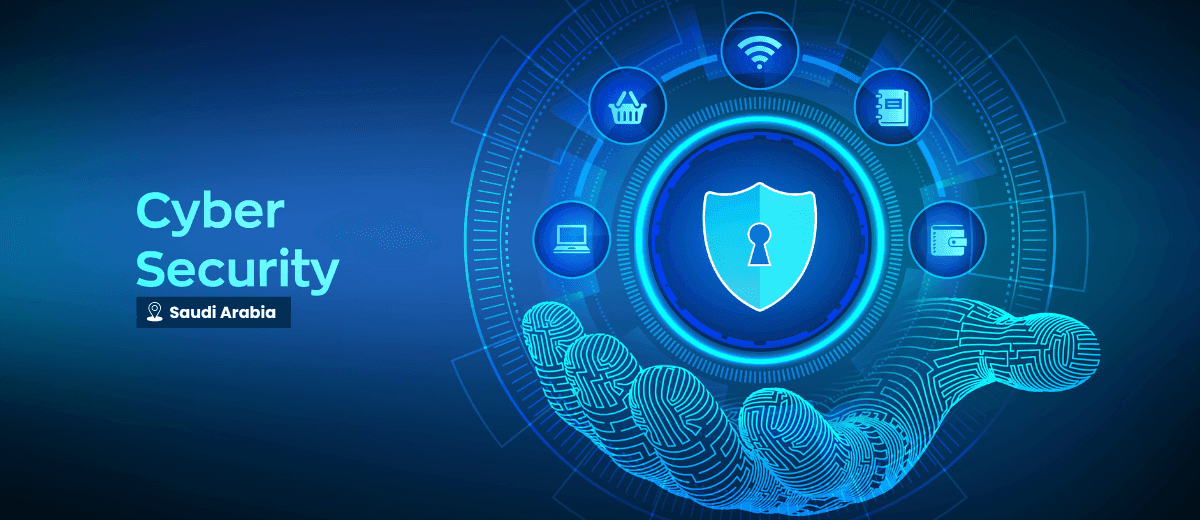- 25th Sep, 2024
- Aanya G.
Protecting Against Identity Theft: A Comprehensive Security Guide
3rd Nov, 2023 | Aanya G.
- Cybersecurity

Identity theft is a pervasive and ever-evolving threat in the digital age, and the statistics are as alarming as they are eye-opening.
According to Identity Theft Statistics, global identity theft crimes have surged by over 50%, with regional increases reported as follows: APAC (50%), EMEA (50%), LATAM (52%), and North America (55%).
But what exactly is identity theft? How does it happen? And most importantly, how can you protect yourself from becoming another statistic?
In this article, we will delve deep into the world of identity theft, explore its various types, and dissect a real-life case study to understand how it unfolds.
What is Identity Theft?
Imagine a world where someone can pretend to be you, access your bank accounts, open credit cards, and even commit crimes, all in your name.
This is the terrifying reality of identity theft. It's a sneaky, often silent crime that can have devastating consequences for victims.
Identity theft is when someone steals your personal information, such as your name, social security number, credit card details, or any other identifying data, to commit fraudulent activities.
This can be as simple as someone using your credit card without your knowledge or as complex as stealing your identity to apply for loans or mortgages in your name. In essence, it's like a disguise that a thief wears to impersonate you.
Types of Identity Theft
Identity theft comes in various forms, each with its own unique twist. Let's delve deeper into some of the most common types:
1. Financial Identity Theft
This is one of the most prevalent forms of identity theft. It occurs when a thief gets their hands on your credit card information, bank account details, or other financial data.
With this information, they can make unauthorized purchases, withdraw money from your account, or even apply for new credit lines under your name.
Protecting your financial information is crucial, so regularly monitor your bank and credit card statements for any suspicious activity.
2. Medical Identity Theft
Medical identity theft happens when someone uses your personal information to receive medical services, fill prescriptions, or file insurance claims in your name.
This not only puts your health records at risk but can also result in financial obligations for treatments you never received.
Always review your medical bills and insurance statements to ensure accuracy.
3. Social Security Identity Theft
Your social security number is a treasure trove for identity thieves. They can use it to open new bank accounts, get credit cards, and even claim your tax refunds.
If your social security number falls into the wrong hands, you may face years of complications. Protect this number like your life depends on it.
4. Child Identity Theft
Believe it or not, identity thieves often target children because they have clean credit histories.
By using a child's personal information, the thief can create a fake identity and wreak havoc on the child's future credit.
Parents should be vigilant and regularly check their children's credit reports for any suspicious activity.
5. Criminal Identity Theft
In this form of identity theft, the perpetrator commits crimes while using your identity.
If they're arrested or issued citations, these will be linked to your name, potentially leading to legal troubles for you.
Stay aware of any strange interactions with the law and regularly check your criminal record.
6. Synthetic Identity Theft
Synthetic identity theft is a bit more intricate. Instead of stealing a complete identity, the thief creates a new, fictitious identity using a combination of real and fake information.
This type of identity theft can be challenging to detect, making it even more important to monitor your financial records closely.
How Identity Theft Can Happen?
In today's interconnected world, our digital footprints are far-reaching, often extending beyond our control. The rise of social media has enabled us to share our lives, both personal and professional, with the world.
However, this openness can come at a cost, as entrepreneur James Blake discovered when he fell victim to identity theft.
James Blake, a successful entrepreneur hailing from Lisburn, is no stranger to the world of business.
James's ordeal began when he received a message alerting him to the existence of a fake account bearing his name and image. To his dismay, it wasn't an isolated incident.
The impostor's profiles were populated with photos of his car, friends, and family, plunging him into a disconcerting world of deception.
Matters took a more sinister turn when he started receiving messages from people who had fallen prey to scams, losing their hard-earned money to these fraudulent profiles.
James's journey took him to meet some of the victims of these scams while filming his BBC Three documentary, "Hunting The Catfish Crime Gang."
Speaking about his encounters, he revealed the deep anxiety he felt, fully aware of the immense impact these scams had on people's lives.
His pursuit led him as far as Thailand, where he witnessed the immense investments made in the infrastructure of these criminal operations.
The story of James Blake serves as a cautionary tale about the potential dangers lurking in the digital realm.
Our increased reliance on social media and online platforms has expanded the opportunities for identity theft and fraudulent activities. It is essential to exercise vigilance and employ security measures to safeguard our online presence.
James's documentary offers an eye-opening glimpse into the world of identity theft and organized crime. It reminds us of the importance of cybersecurity, empathy towards victims, and the need for stronger measures to combat these crimes in the digital age.
How to Protect Yourself from Identity Theft Attacks?
Cybercriminals are constantly devising new tactics to steal personal information and exploit it for financial gain. Protecting yourself from identity theft attacks is crucial to safeguarding your personal and financial well-being.
In this section, we'll discuss some practical steps you can take to minimize the risk of falling victim to identity theft.
1. Strong and Unique Passwords
Start with the basics. Create strong and unique passwords for all your online accounts. A robust password usually consists of a mix of uppercase and lowercase letters, numbers, and special characters.
Avoid using easily discoverable details like birthdates or common phrases. It's advisable to employ a trustworthy password manager to create and securely store your passwords.
2. Two-factor authentication (2FA)
Whenever possible, enable 2FA for your online accounts. This adds an extra layer of security by requiring you to provide a second form of verification, typically something you have in your possession, like a smartphone or a hardware token.
3. Regularly Update Software and Devices
Maintaining the latest updates for your software, operating systems, and devices is crucial. Cybercriminals frequently take advantage of known weaknesses in outdated software.
Enable automatic updates, if possible, to ensure that your systems are patched with the latest security fixes.
4. Be Cautious with Personal Information
Exercise caution when sharing information on the internet, particularly on social media platforms.
Cybercriminals can use seemingly innocent details like your full name, birthdate, or location to piece together a more comprehensive profile.
Limit the personal information you share and use privacy settings to control who can see your posts.
5. Beware of Phishing Attempts
Phishing is a common method used by identity thieves to trick you into revealing sensitive information.
Exercise caution when disclosing information online, particularly on social media platforms. Verify the legitimacy of the sender and website before sharing any personal data.
6. Secure your Wi-Fi Network
Ensure that your home Wi-Fi network is password-protected and uses strong encryption. Avoid using default router passwords, as they are often easy for attackers to guess.
Also, be cautious when connecting to public Wi-Fi networks, as they may not be as secure.
7. Monitor Financial Statements
Consistently check your bank and credit card statements for any unauthorized or suspicious transactions. If you detect any inconsistencies, promptly report them to your financial institution.
8. Shred Sensitive Documents
When disposing of old bills, bank statements, or any documents containing personal information, make sure to shred them.
Dumpster diving is a technique used by identity thieves to retrieve sensitive information from discarded documents.
9. Check your Credit Reports
Request and review your credit reports from the major credit reporting agencies regularly. Look for any inaccuracies or accounts you don't recognize. This can aid in early detection of fraudulent activity.
10. Lock your Smartphone
Enable a PIN, pattern, or biometric authentication (such as fingerprint or facial recognition) to lock your smartphone. This adds an additional layer of security in case your device is lost or stolen.
11. Educate yourself
Stay up-to-date with the latest trends and scams related to identity theft. Knowledge is your best defense against new threats. Organizations like the Federal Trade Commission (FTC) provide valuable resources and tips for staying safe online.
Conclusion
Identity theft is a prevalent and ever-evolving threat, but with vigilance and knowledge, you can take steps to protect yourself.
Understanding the various forms of identity theft, learning from real-life cases like james, and implementing best practices for online security can help you safeguard your personal information and financial well-being.
By staying informed and proactive, you can reduce the risk of falling victim to identity theft and maintain your digital safety.
More blogs in "Cybersecurity"
- 22nd Oct, 2023
- Rohit M.
Email Security: Protecting Your Digital Communications
- 27th Mar, 2024
- Rohit M.
Saudi Arabia's Cybersecurity Market: Trends and Insights
Join our Newsletter
Get insights on the latest trends in technology and industry, delivered straight to your inbox.









